Why You Should Take an Avalanche Safety Course, and What To Expect
An avalanche is one of the most powerful things the mountain can throw at you.
Even if your mindset is, "I'll be safe," or "That won't happen to me," the truth is, without the proper avalanche safety training and gear, a fun day in the backcountry can quickly turn into a life-or-death situation. What makes it particularly scary is that the mountain always has the upper hand, and you have zero control. Uncomfortable? Yeah, you should be.
That said, an avalanche safety training course (AST 1) is undoubtedly one of the best ways to take back some of that control. By being prepared through learning about how to monitor snow conditions and layers in the snowpack over time, you can start identifying which zones are relatively safe to enjoy, which ones would require some extra precaution and planning, and which ones are a no go. By getting hands-on training and practice using your avalanche safety gear, you'll ensure when you only have ten minutes to save your friend's life, you aren't fumbling around trying to put your shovel together.
If you've never considered taking an AST 1 class, we've outlined the topics you'll cover and the gear you'll need so you know what to expect.
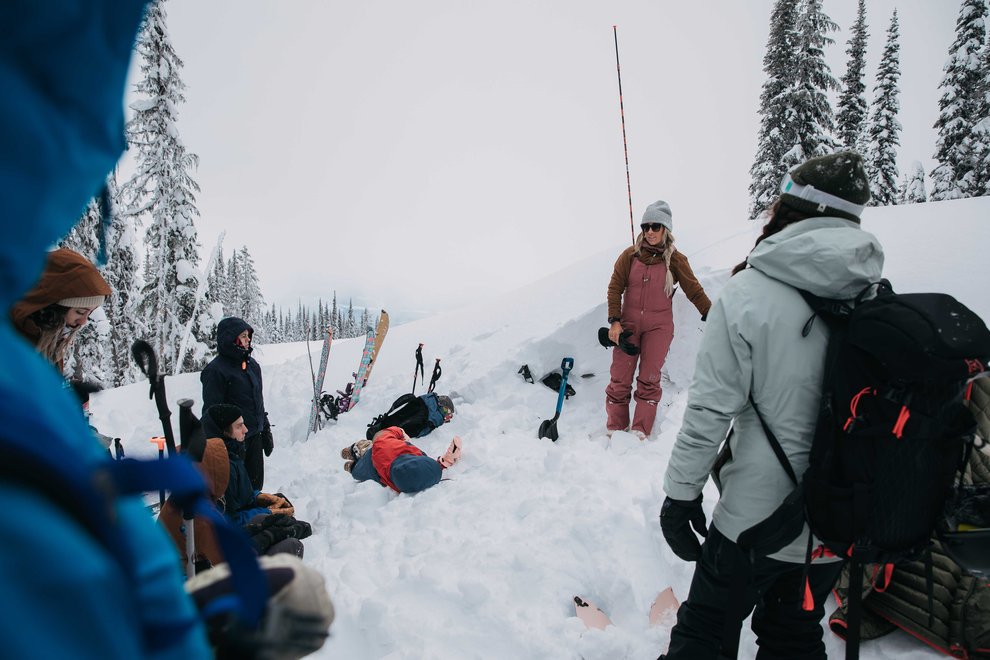
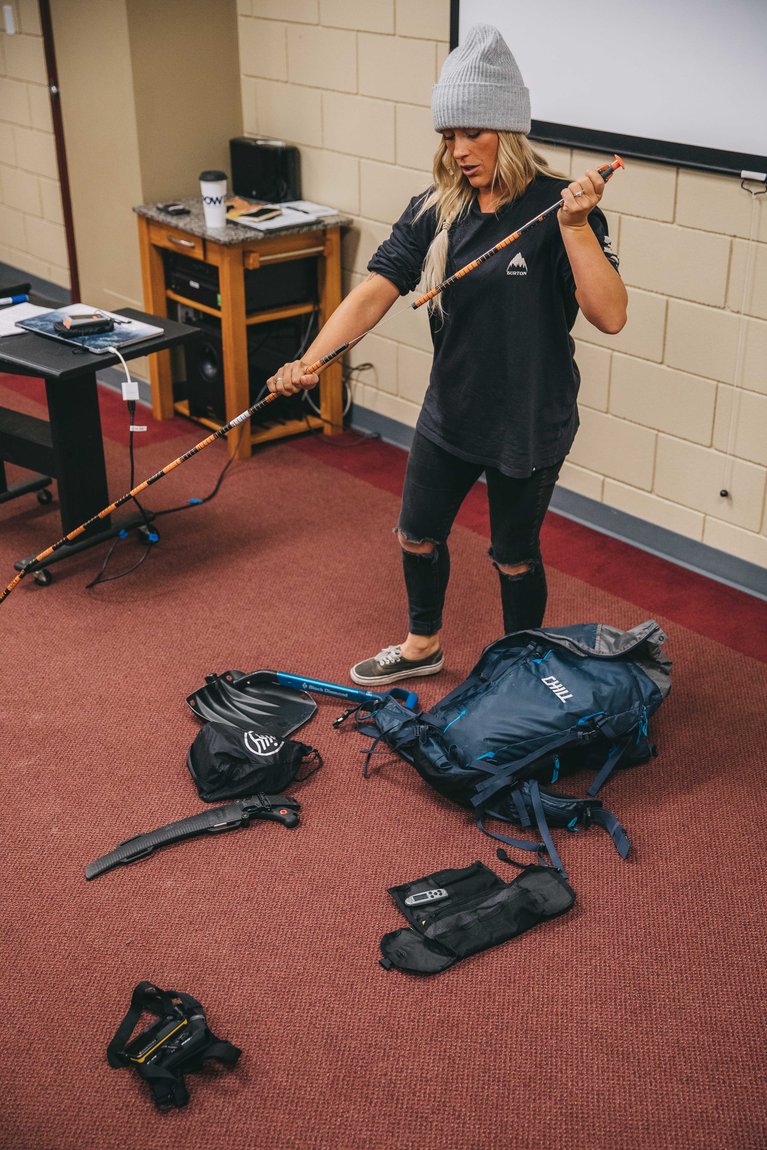
The first step to taking a class is deciding which course to take. Try to look for a course with an instructor who has a combination training, certification, and experience in the backcountry. Kate Ediger, Burton Ambassador and a backcountry guide in Revelstoke, is a perfect example. She admits she's been called a "safety freak" on more than one occasion, but given that her training has yielded countless successful missions into the backcountry, she's the type of instructor you can trust.
What to Expect from Your Introductory Avalanche Safety Class
Every course is separated into two sections: classroom information and on-snow training sessions.
Your classroom session, which will take around 6 hours, should cover the following:
- Avalanches: how they are triggered and where they are likely to occur
- Avalanche forecasting: where and how to monitor avalanche conditions
- The daily process when entering avalanche terrain
- Avalanche rescue: process, practice, experience
- Gear overview: probe, beacon, shovel
- Snow science: weak layers, how slabs form
- Snow forecasting and snowpack history
- Safe backcountry travel habits: how to minimize exposure

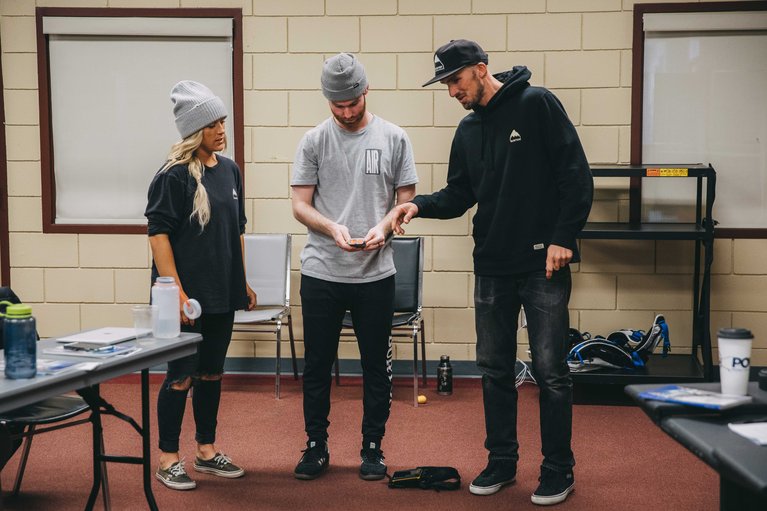
The Gear You Need for AST 1
If you don't already own it, you will need to buy the basic avalanche safety gear for AST 1: a probe, a beacon, a shovel, and you'll also need a backpack you can ride with to hold it all. All of this gear works together and each item supports the other. Not only do you need the proper gear, but it's critical to know how to use it. You can have the best, most expensive gear on the market, but if you do not have the knowledge base to use it, it is obsolete.
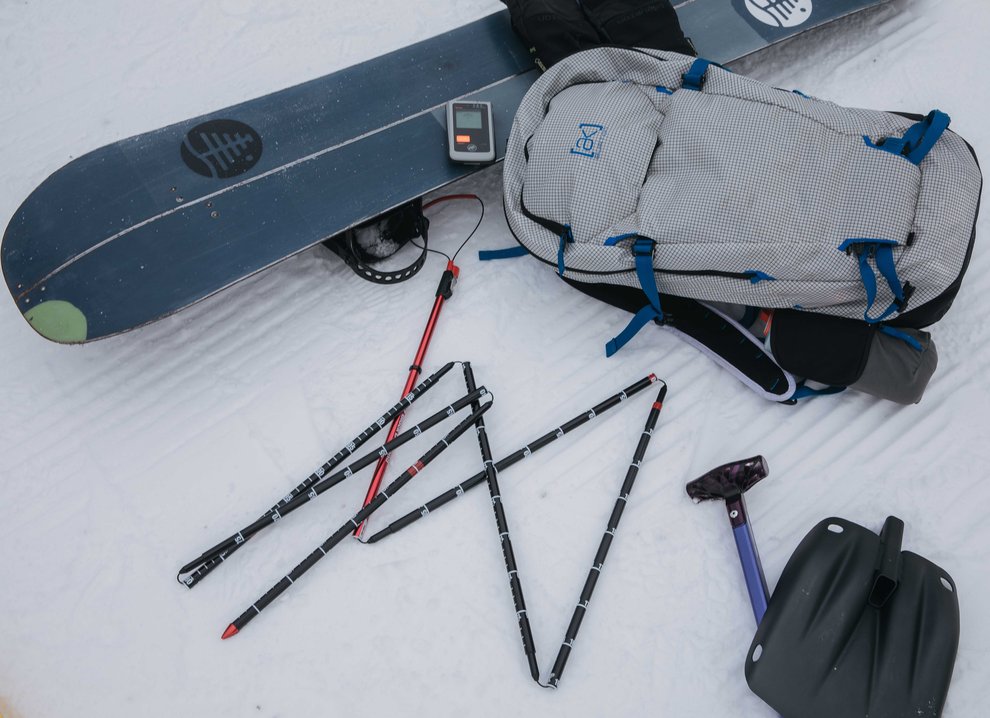
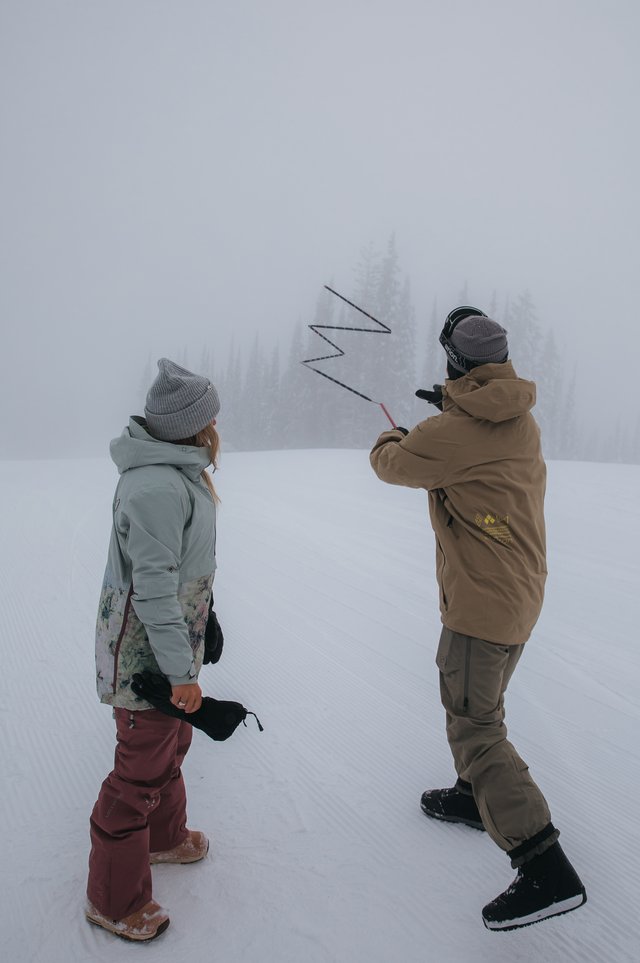


Getting on Snow
The on-snow day works to put everything you learned in class into practice with hands-on training. You will need it for all of the drills, timed challenges, and first-person demonstrations.
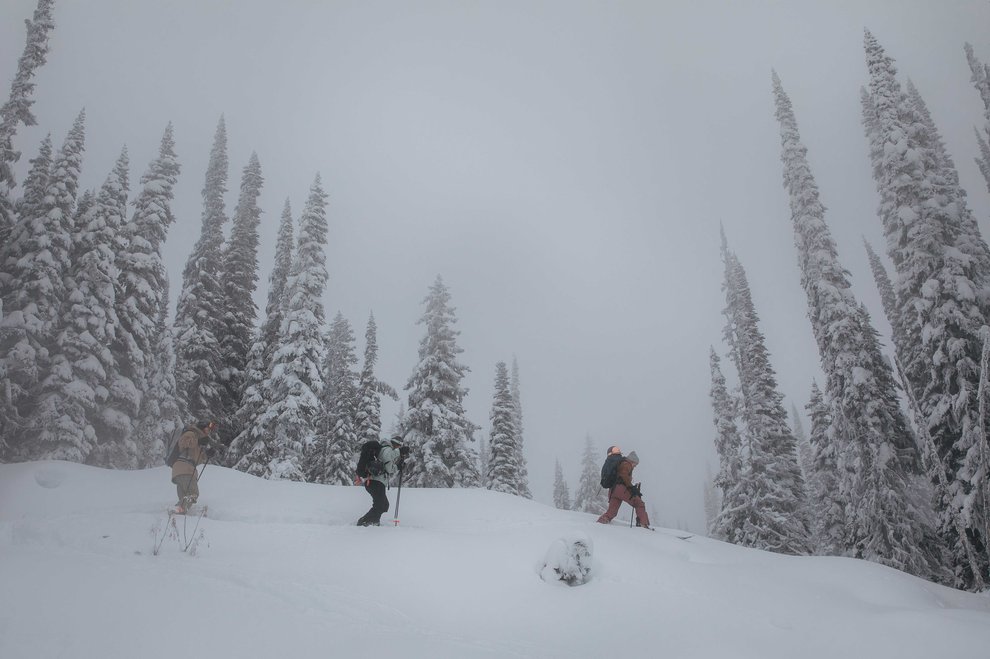
On Snow Rescue Drills

Group Rescue:
In this drill, you'll simulate a situation where you and your friends just watched someone in your group get buried in an avalanche and is in need of rescue. In addition to practicing how to use your gear, you'll also practice the group dynamics you need to work as a team for a successful recovery. Who will take what role, who will step into the lead, and what steps does the group need to take, and in what order?
Time is of the highest priority here, as most people do not survive being buried for longer than ten minutes. Can everyone in your group handle the jobs as they are assigned, and can you work together to recover a dummy beacon completely hidden under the snow?
You'll also truly experience for the first time how hard it is to locate something that is completely buried with no visual cues to help you find it, and the meticulous process you need to take to ensure when you start to dig, you're in the right area.
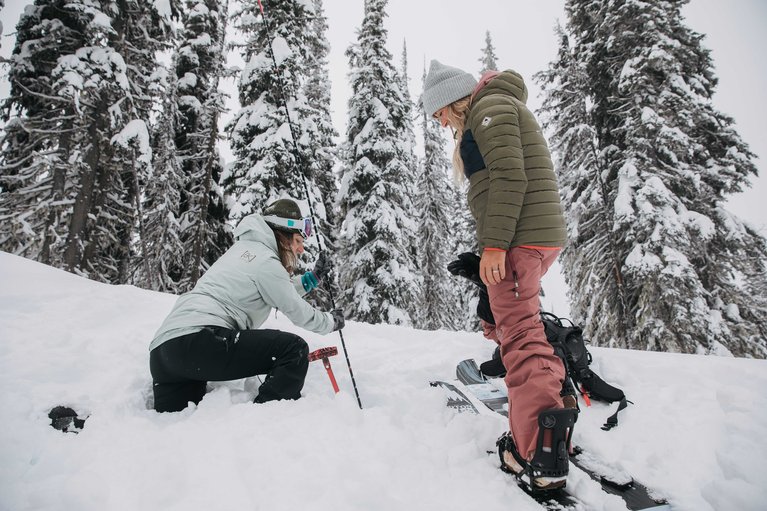
Timed Solo Rescue:
In this test, you practice a scenario where you don't have the additional hands and minds of a big crew. It's just you and your avy gear in a race against time.
Our instructor, Kate, had each person start from roughly 300' away, navigate in a split setup to the "avalanche zone", and begin searching for the target. This is one of the most important tests of the class because you need to demonstrate the use of all of the gear properly and promptly. This task needed to be completed in under 5 minutes.
Snow Safety Testing

Block Test / Shovel Tap:
This is your opportunity to identify avalanche danger in front of your own eyes. If you started your course believing that all snow forms the same, this is where you'll absolutely learn the truth.
You'll start by watching your instructor dig a snow pit, which tells the entire history of that season's snowfall. When were the pow days, when did wind, sun and temperature conditions produce weak layers? How have known weak layers and slabs from the past changed over time and .under pressure? Learning to diagnose the snow your riding on gives you the power to make educated decisions around the likelihood of an avalanche taking place in that area.

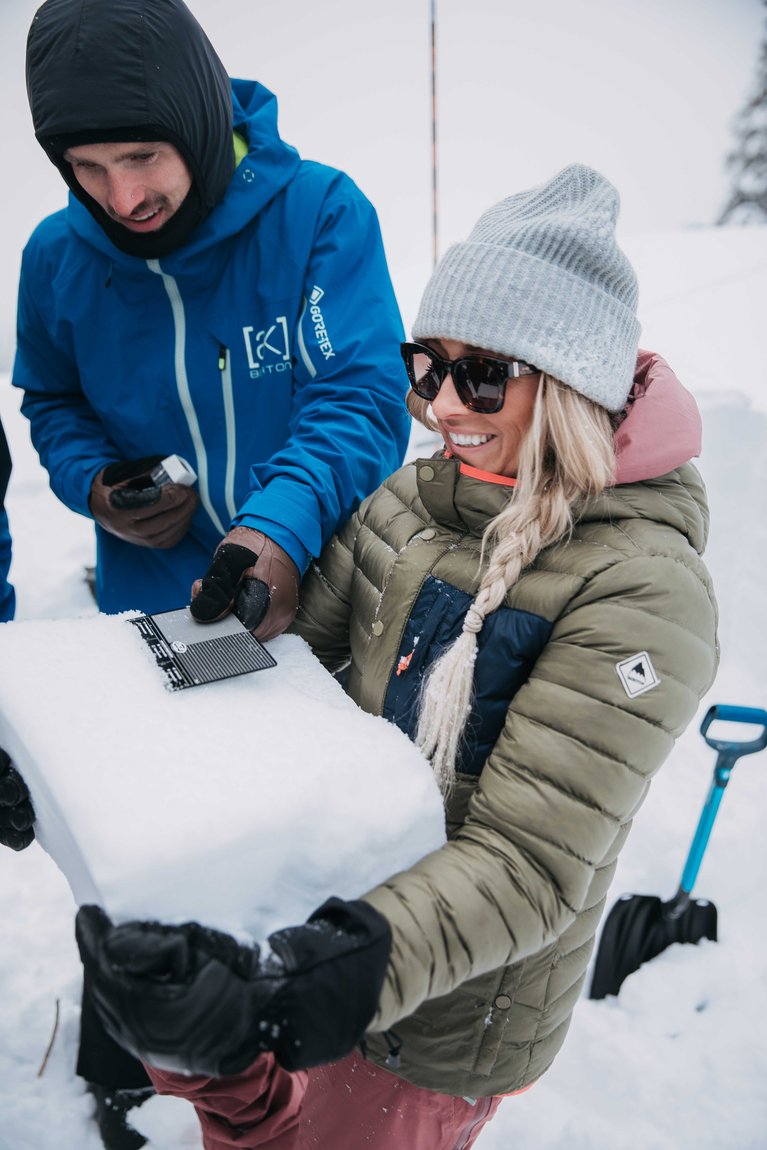
After your time in the classroom and your day on hill, you will walk away with a baseline of information to keep you safe while traveling in the backcountry and open the door to a realm of backcountry safety information.
Resources for avalanche conditions & general information:
Avalanche Canada:
Live Map of Avalanche Forcast in The US:
Backcountry.com:
Places to find an avalanche course in your area:
What's Next?
What comes next is up to you. AST 1 will provide you with an amazing set of skills and knowledge for backcountry advancement. Depending how much time and interest you have in exploring the backcountry, the natural next step to strengthen your skills and knowledge base is AST 2 (avalanche safety training). In AST 2 you will learn about hazard analysis, managing risk and more in-depth terrain analysis.
Have you taken any avalanche training courses? What are your tips for first-timers? Let us know in the comments.